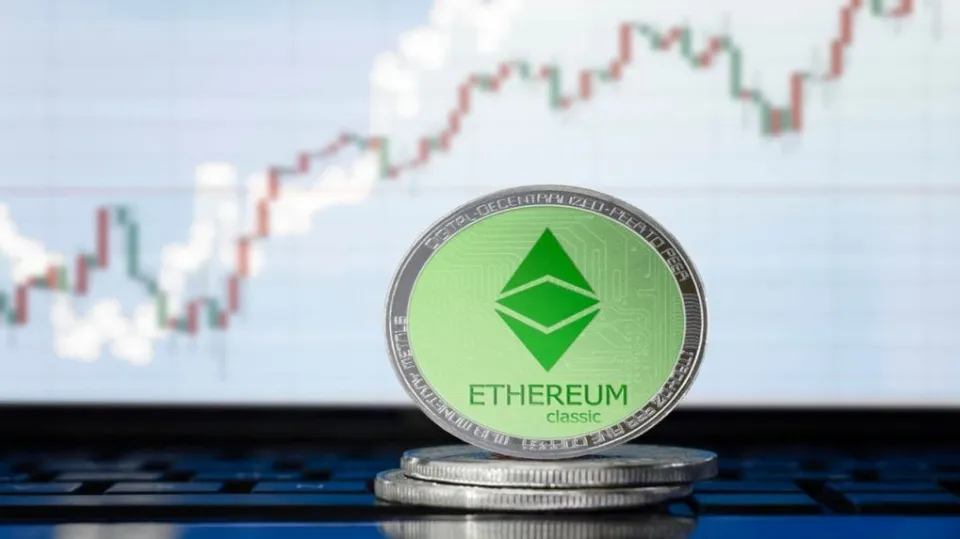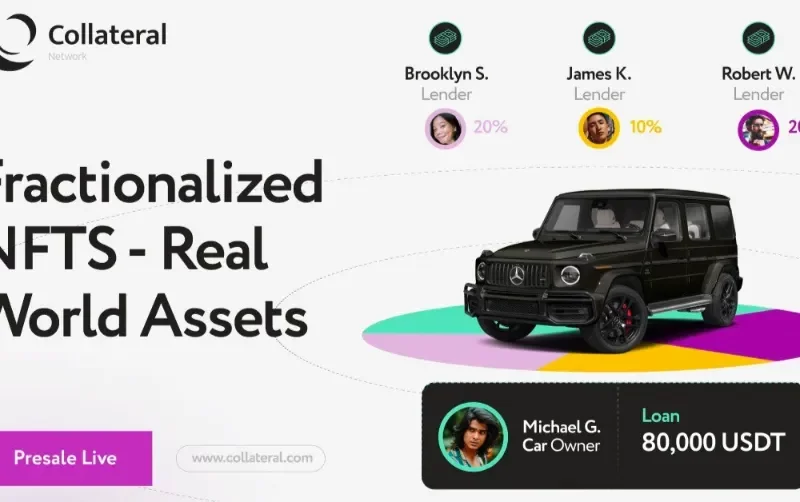- Since Ethereum switched to a Proof of Stake consensus mechanism, Ethereum Classic’s average hash rate has experienced a sharp increase.
- Since the merge, there hasn’t been an increase in chain activity, and since September, the profitability of ETC mining has plummeted.
- ETC is likely to struggle under ongoing sell pressure from miners without organic demand for the coin.
- Ownership of the 8.5% of ETC in circulation held by ETCG shareholders. By top 100 address ownership, ETC continues to be a highly concentrated cryptocurrency.
- In need of assistance in the marketplace? Members of BlockChain Reaction receive unique tips and advice to survive any situation.
Just under six months have passed since the transition of Ethereum (ETH-USD) from proof of work to proof of stake, as we enter March 2023. This was a pretty amazing technological breakthrough for the Ethereum developers, but it wasn’t without some controversy from a small segment of the Ethereum community: the miners.
Ethereum Merge Impact

To briefly explain for those who didn’t follow it closely, Ethereum was one of the few proof-of-work blockchains that could be profitably mined with GPU computers rather than the ASIC machines required by blockchains like Bitcoin (BTC-USD). The impact of moving from PoW to PoS meant many of the Ethereum miners had to quickly find a new way to monetize their GPU machines. This directly impacted public miners like Hut 8 Mining (HUT) and HIVE Blockchain (Since their mining fleet consisted of GPUs, they had been using HIVE).
Some people in the crypto community believe—and I agree—that these GPU machines can be used for different Web3 tasks other than transaction processing. Additionally, there was a very small push to develop an entirely new proof-of-work blockchain called Ethereum PoW (ETHW-USD). There hasn’t been much interest in that chain. Being a PoW smart contract chain like Ethereum, Ethereum Classic (ETC-USD) has also been given some consideration.
Ethereum Classic Activity
Following the merge, as predicted, there was an at least partial miner migration from Ethereum to Ethereum Classic. A blockchain typically benefits from having more miners competing for the ETC block reward if it diversifies the chain’s transaction validation. The network is typically more secure and harder for an attacker to exploit when this occurs.

As you can see in the graph above, the mean hash rate for Ethereum Classic increased immediately following the merging of Ethereum last September. Even though a sizable portion of that hash rate has decreased, it is still significantly higher than it was prior to the merge. The Ethereum Classic network should benefit from this, but ETC holders may not necessarily benefit from it.
The fact that ETC transactions have been steadily declining since September demonstrates that there hasn’t been much economic activity on Ethereum Classic since the merge. This is not the case for Bitcoin, which has seen an increase in daily transactions since September, or for Ethereum, which is flat.
Without additional economic activity happening on the Ethereum Classic blockchain, the ETC block reward doesn’t have as much outside demand, which theoretically puts downward pressure on the coin’s price if miners need to sell the ETC they mine to pay for operations. Since the merger, ETC miners have seen their profitability fall by about 70% due to the lack of significant network usage and the rise in mean hash rate.
Grayscale’s Ethereum Classic Trust

All of this is particularly bad for Grayscale’s Ethereum Classic Trust (ETCG) because the trust has such a large portion of the total ETC outstanding. According to the form 10-K that Grayscale just released for the trust, the company owns 8.5% of the ETC in circulation:
The largest 100 ETC wallets held roughly 74.2% of the ETC in circulation as of December 31, 2022, and the Trust held roughly 8.5% of the ETC in circulation at that time. Furthermore, even if each wallet only holds a small amount of ETC, it’s possible that other people or organizations control a number of wallets that hold a significant amount of ETC collectively. It’s also possible that some of these wallets are controlled by the same person or organization. Due to this ownership concentration, significant sales or distributions by these holders could have a negative impact on the market price of ETC.
I should also point out that Grayscale disclosed that the top 100 addresses held 74.2% of the coins in circulation, which is a very high level of concentration for a proof-of-work coin. Especially for a coin with such a higher market cap:
| Cryptocurrency | Top 100 concentration |
|---|---|
| Bitcoin | 14.9% |
| Bitcoin Cash (BCH-USD) | 34.0% |
| Litecoin (LTC-USD) | 43.5% |
| Dogecoin (DOGE-USD) | 67.4% |
Source: BitInfoCharts
The coin would still experience problems due to a very high owner concentration even if Grayscale were to liquidate the trust and sell the ETC. Likely as a response to ETCG holders owning such an immense amount of the ETC in existence, the pressure on ETCG shares has been noticeably extreme, and we can see that manifesting through a NAV discount that remains at very depressed levels:
As of Wednesday’s close, ETCG was trading at a 63% discount to net asset value, the biggest discount of any Grayscale fund, despite having rebounded off a floor of 77% in late December.
Summary

ETCG is arguably one of the biggest contrarian bets in all of the public crypto-related tickers. Due to the lack of real user demand for the network or the ETC coin in general, I think a long bet on ETCG at this point is a bet that Grayscale will dissolve the trust and be able to distribute the proceeds from the coin sales for a larger value than where the fund shares are currently trading. Although it’s not impossible, I personally don’t want to place that bet right now.
A 63% discount would be an obvious opportunity for arbitrage if there was strong network demand for the coin. Simply put, Ethereum Classic does not provide us with that opportunity. I’m sympathetic to the “coin is law” mantra of the ETC community, and I think it would be great if there was more development happening on that chain. Even with the discount, I can’t say that I’m particularly interested in ETCG unless something radically different occurs in Ethereum Classic activity. Even though I don’t think it’s likely right now, anything is still conceivable.



